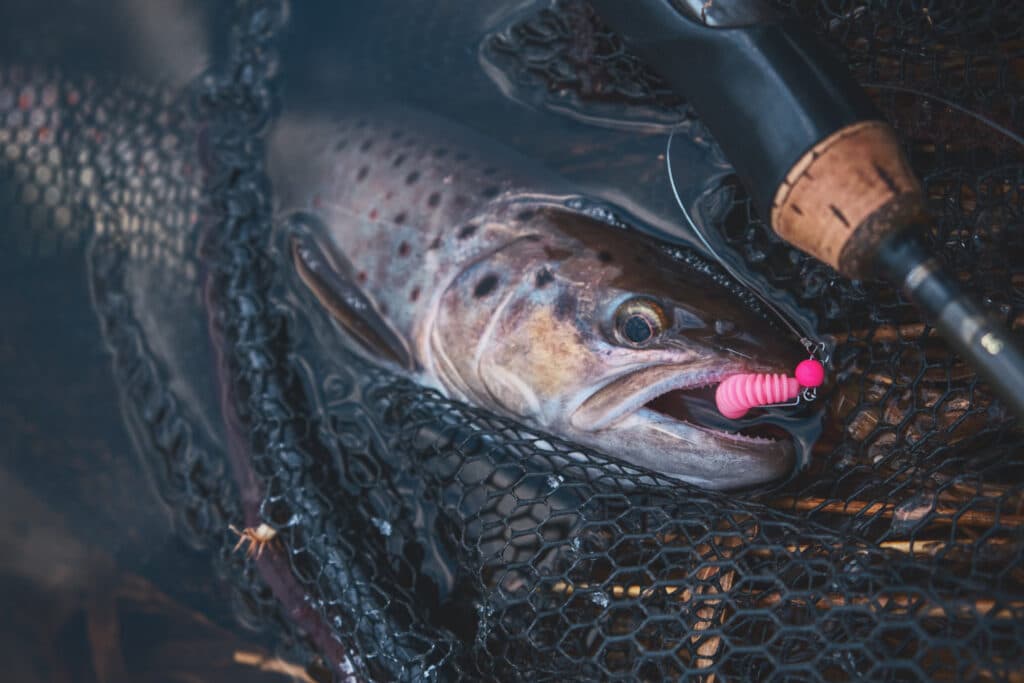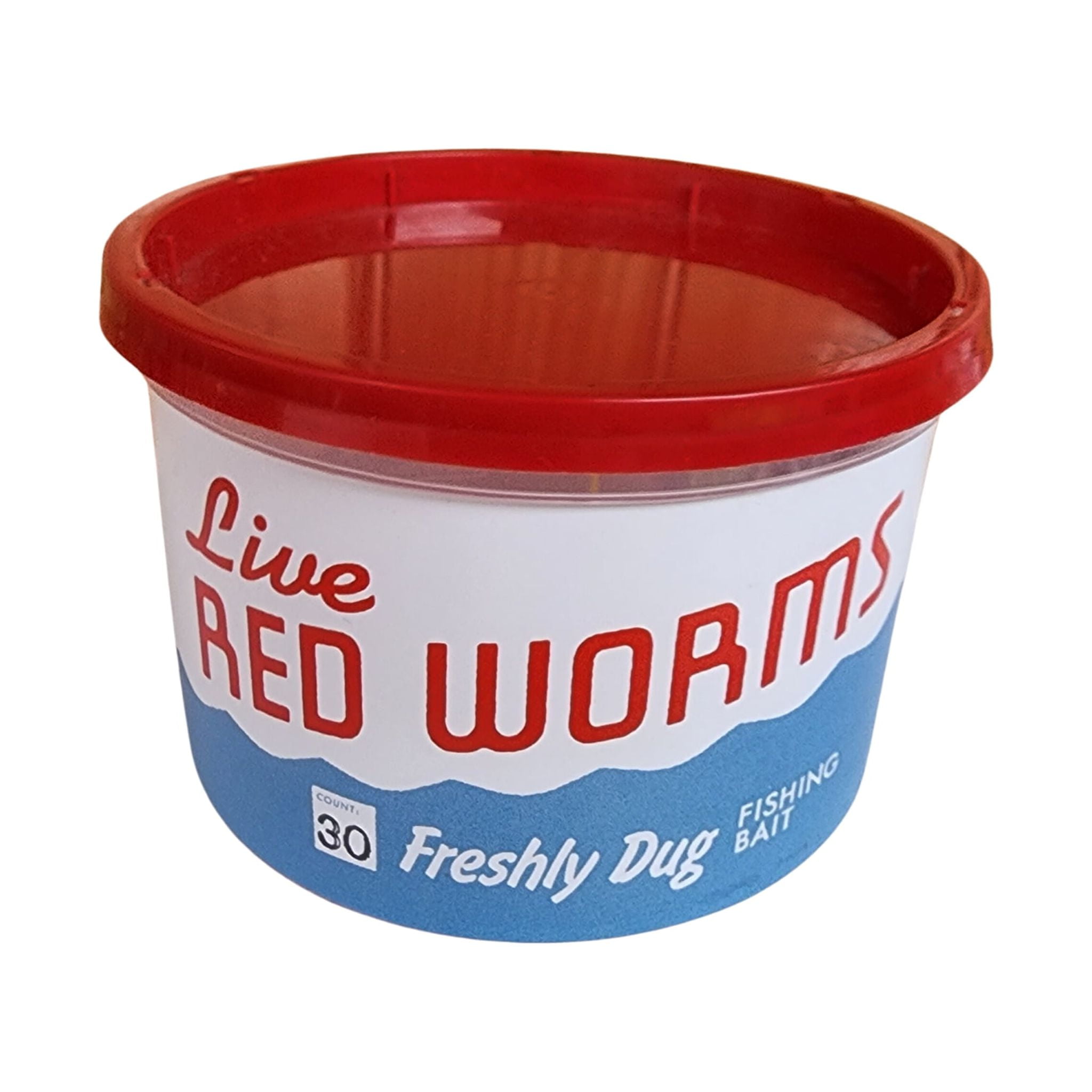7 Easy Facts About Where To Find Red Wigglers Explained
7 Easy Facts About Where To Find Red Wigglers Explained
Blog Article
Where To Find Red Wigglers - An Overview
Table of ContentsSome Known Details About Where To Find Red Wigglers Rumored Buzz on Where To Find Red WigglersWhere To Find Red Wigglers for BeginnersThings about Where To Find Red Wigglers5 Easy Facts About Where To Find Red Wigglers DescribedThe Basic Principles Of Where To Find Red Wigglers
For finest results, you want to fire for about 60-70% wetness level. The simplest examination for this is to press a handful as difficult as you can. At the excellent wetness levels which is just under 70% that handful need to barely generate one drop of fluid. pH in a worm bin is quite very easy to keep.
The Indian Blue is voracious, however also chooses a warmer climate and it likewise exhibits a tendency to leave the container. The red wiggler is a sturdy worm and isn't as particular about its environment. I like to call it the Ford Taurus of vermicomposting worms; you will not boast to your hardcore composting buddies that you own them, yet they will offer you well.
Like any type of various other bait, a worm's performance has actually involved rely on its presentation. H.G. "Tap" Tapply highlighted this point virtually a half century back in among his Area & Stream columns. "A worm is such an unformed animal," he composed, "there does not appear to be quite an angler can do with it except stab it on a hook and toss it into the water." However as Tap showed, an angler can do a bargain to make a worm much more appealing.
Not known Details About Where To Find Red Wigglers
I believe you will certainly too if you attempt them. The smaller the trout stream, the much better worms work is an axiom that hasn't transformed in the 100-plus years considering that Perry created his write-up. Anglers of his era just stuck their rickety fly poles through alder tangles and dropped a heavy worm right into a deep hole.
Early morning is prime feeding time, and the lightweight bait's slow descent leaves 5 inches of squirming healthy protein completely sight for rather a while. After you have actually made the actors, maintain the bond open and placed the pole in a forked stick. The line will fall off the pole in sluggish loops as the worm settles, however a lot more frequently than not the sluggish loopholes will certainly come to be a blur, and the early morning will unexpectedly obtain instead intriguing.
I normally use a whole 'crawler, favor marabou dressing, and go down the pole for two or 3 secs when I get a hit.
If it's there, set the hook with a move rather than a jerk. When in a while you'll discover yourself hooked to those slow-moving, hearty tugs, and really feel the weight of a good walleye.
Where To Find Red Wigglers Things To Know Before You Buy
When the heavy walleyes go on to the big-water shoals in the late summer, attempt pursuing them with a bucktail jig and a 1-inch pinch of nightcrawler. The bait covers the hook factor, deflects weeds, and provides a taste of victim. With absolutely nothing dangling description or waving, it stays protected despite current, casts, or enthusiastic panfish.
Whether you're wading or fishing from a boat, drifting worms is one of the fantastic browsing techniques for bigger rivers. For trout, a spade-dug, 4-inch garden worm is the appropriate dimension; for bass, walleyes, and steelhead, a nightcrawler might be a better option. The key is to drift the bait through feeding and holding locations since fish in current are not mosting likely to chase after down the lure, as they might in still water.
Fish the shifts: mouths of tributaries, bank-side slicks, and the sides of large pools. His motto applies to any number of angling maneuvers, consisting of the matter of adding a piece of worm to a damp fly.

The smart Trick of Where To Find Red Wigglers That Nobody is Discussing
Add a couple of hundred worms and feed them two times a week. Maintain the bedding damp but not wet. On the menu: lettuce, fruit and veggie waste, and the periodic nongreasy extra.
Simply like veggie scraps, you can take your utilized coffee premises and add them to a worm box. Worms love consuming coffee grounds.
When the heavy walleyes proceed to the big-water shoals in the late summer season, attempt pursuing them with a bucktail jig and a 1-inch pinch of nightcrawler. The lure covers the hook factor, deflects weeds, and uses go a taste of victim. With nothing dangling or waving, it remains secure no matter present, casts, or enthusiastic panfish.
All About Where To Find Red Wigglers
Whether you're wading or fishing from a boat, wandering worms is one of the terrific searching methods for bigger rivers. Where To Find Red Wigglers. For trout, a spade-dug, 4-inch yard worm is the ideal dimension; for bass, walleyes, and steelhead, a nightcrawler may be a much better choice. The key is to drift the bait through feeding and holding locations due to the fact that fish in current are not going to chase down the lure, as they could in still water
Strikes will come as a sharp yank as opposed to a pull or rap. Fish the shifts: mouths of tributaries, company website bank-side slicks, and the sides of large swimming pools. As the late Ed Zern, Field & Stream's terrific satirist, when placed it: Anglers are birthed sincere however they obtain over it. His adage applies to any type of variety of angling maneuvers, including the issue of including an item of worm to a wet fly.
However increasing your very own bait indicates you can slip out of your home and hit the pond before Mother comes homejust like in the old days. Here's exactly how to keep a worm box: Cut a sheet of CDX-grade plywood, which is made with water-resistant glues, to your dimensions. Toenail it together and pierce a loads 12-inch openings in all-time low for water drainage.
Not known Facts About Where To Find Red Wigglers
Fill it with shredded paper, leaves, peat moss, and dirt. Moisten gently. Cover and allow rest for a week. Add a couple of hundred worms and feed them 2 times a week. Keep the bedding moist yet not wet. On the menu: lettuce, fruit and vegetable waste, and the occasional nongreasy surplus.
Similar to veggie scraps, you can take your utilized coffee premises and include them to a worm box. Worms like eating coffee premises. With the appropriate conditions and damp, healthy and balanced soil, worms can stay in a bucket of dirt for around three weeks. Shop out of direct sunshine and keep at a temperature between 50 and 80 levels.
Report this page